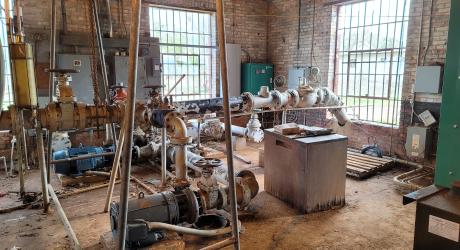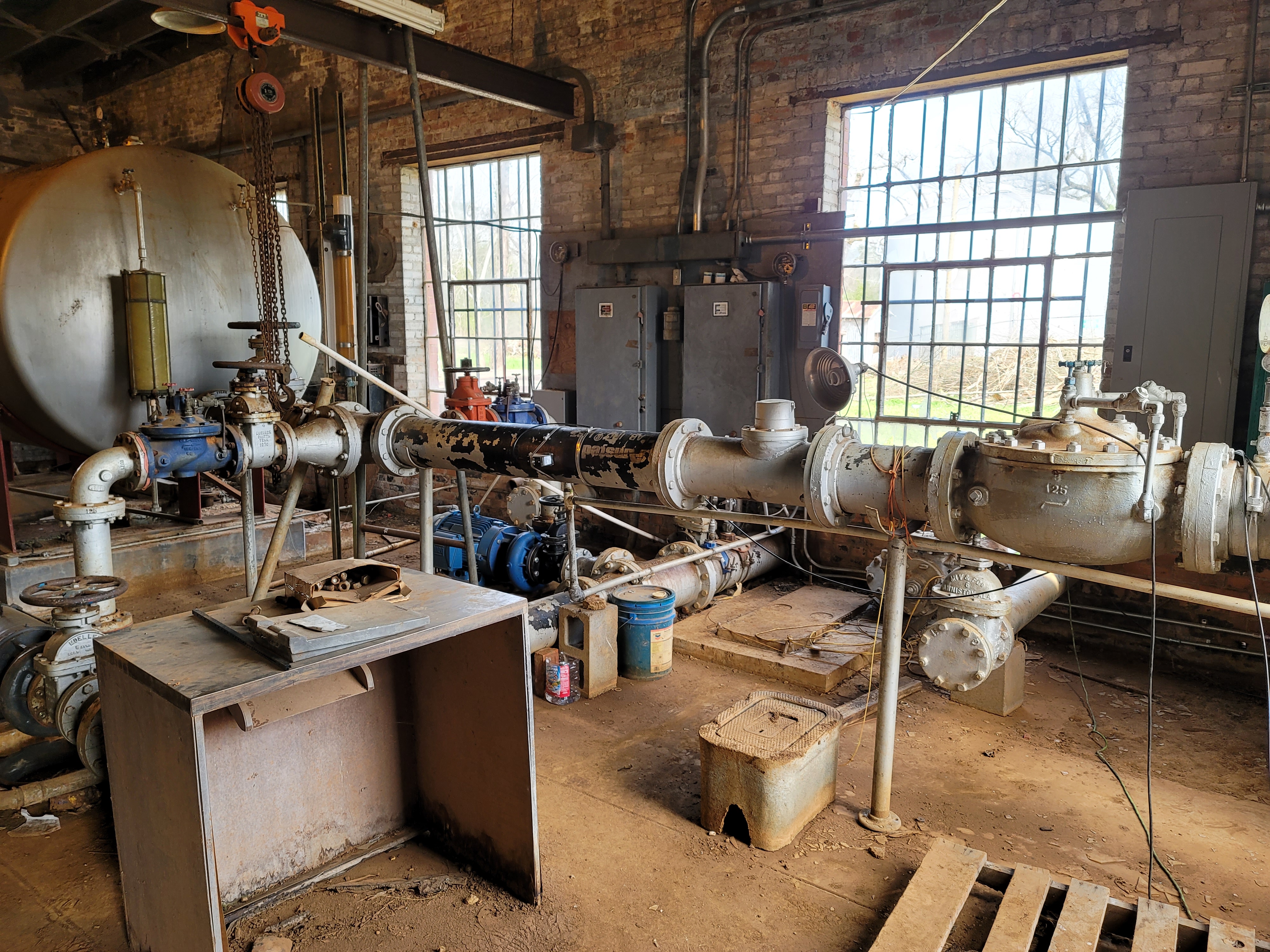
Age, Funding, and Labor Issues Impact Texas Water and Wastewater Infrastructure
KSA was formed in 1978, shortly after the Clean Water Act and federal Construction Grants Program fueled water and wastewater infrastructure projects across the country. Even as these infrastructure projects were put into service, the clock started ticking on their life expectancy. Water and wastewater infrastructure projects can provide reliable service for many years, but those early projects constructed in the late 1970s and early 1980s are now over forty years old, and some remain in service beyond their expected useful life.
The infrastructure challenges communities face in the Sun Belt extends beyond the age of the assets. Population growth is increasing flows and demands, pushing water and wastewater infrastructure beyond its design capacity. This results in increased maintenance costs, decreased efficiency, and increased risk of failure. This combination of factors poses a serious threat to a utility’s ability to provide service to its customers if not adequately addressed.
According to the latest report card by the American Society of Civil Engineers (ASCE), Texas's water infrastructure received a disappointing grade of "C." This grade reflects the advanced age and insufficient capacity of the infrastructure. It also underscores the urgent need for attention to prevent further deterioration.
One of the most pressing issues plaguing Texas's water infrastructure has been insufficient funding to address these issues. Many municipalities and water supply corporations struggle to secure the financial resources required for necessary upgrades and maintenance, particularly in smaller municipalities and rural areas with limited tax bases and scarce funding opportunities.
To tackle this problem, the federal and state governments have implemented various funding programs, including the State Water Implementation Fund for Texas (SWIFT), the Drinking Water State Revolving Fund (DWSRF), and the Clean Water State Revolving Fund (CWSRF). These programs offer low-interest loans and may provide loan forgiveness assistance, to support a limited number of water and wastewater infrastructure projects throughout the state. While these programs have been successful in providing much-needed funding to municipalities and water supply corporations ranked as the highest priority, more action is necessary.

Another critical challenge faced by Texas's water infrastructure is the scarcity of skilled workers. Many of the individuals who built and maintained these systems are retiring, leaving a significant gap in expertise. Consequently, the industry has a shortage of skilled workers, making it increasingly difficult to maintain, operate, and upgrade the infrastructure.
In response, the state has introduced training and education programs aimed at attracting and retaining workers in the water and wastewater sector. These programs provide training and education opportunities for individuals interested in pursuing careers in the industry, helping to address the shortage of skilled workers across the state.
Investing in new technologies is another tool available to address the aging water infrastructure problem. Innovative technologies can enhance the efficiency and effectiveness of water systems, resulting in cost reductions and improved reliability. For instance, the implementation of sensors and automation technology enables real-time monitoring and control of water systems, early identification of problems, and a reduction in manual operation requirements.
Overall, the aging water and wastewater infrastructure in Texas demands immediate attention. To affect widespread improvements, municipalities, and water supply corporations must have access to adequate funding, skilled workers, and new technologies. The state government plays a critical role in addressing these issues by offering funding programs, supporting training and education initiatives, and promoting the adoption of new technologies.
Moreover, municipalities, special utility districts, and water supply corporations can take certain steps to confront the challenges presented by aging water and wastewater infrastructure. Developing a comprehensive asset management plan stands out as one of the most crucial actions to ensure a sustainable utility. Such a plan would facilitate the assessment of infrastructure conditions, prioritization of maintenance and upgrades, development of a capital improvements plan, and the formulation of a long-term strategy for system preservation.
Engagement with the public and stakeholders is another vital step. Public involvement and stakeholder engagement are instrumental in securing support for investments in water infrastructure. Municipalities, special utility districts, and water supply corporations should educate the public about the importance of maintaining and upgrading the infrastructure and collaborate with stakeholders to establish sustainable funding solutions.
In conclusion, the aging water and wastewater infrastructure in Texas requires collaborative efforts from all stakeholders, including the state government, municipalities, special utility districts, water supply corporations, and public and consulting engineering firms. By providing funding, developing a skilled workforce, investing in new technologies, and engaging with the public and stakeholders, we can work together to overcome the challenges posed by an aging infrastructure and ensure that Texas develops an efficient and reliable water and wastewater infrastructure capable of meeting the needs of its growing population for years to come.
